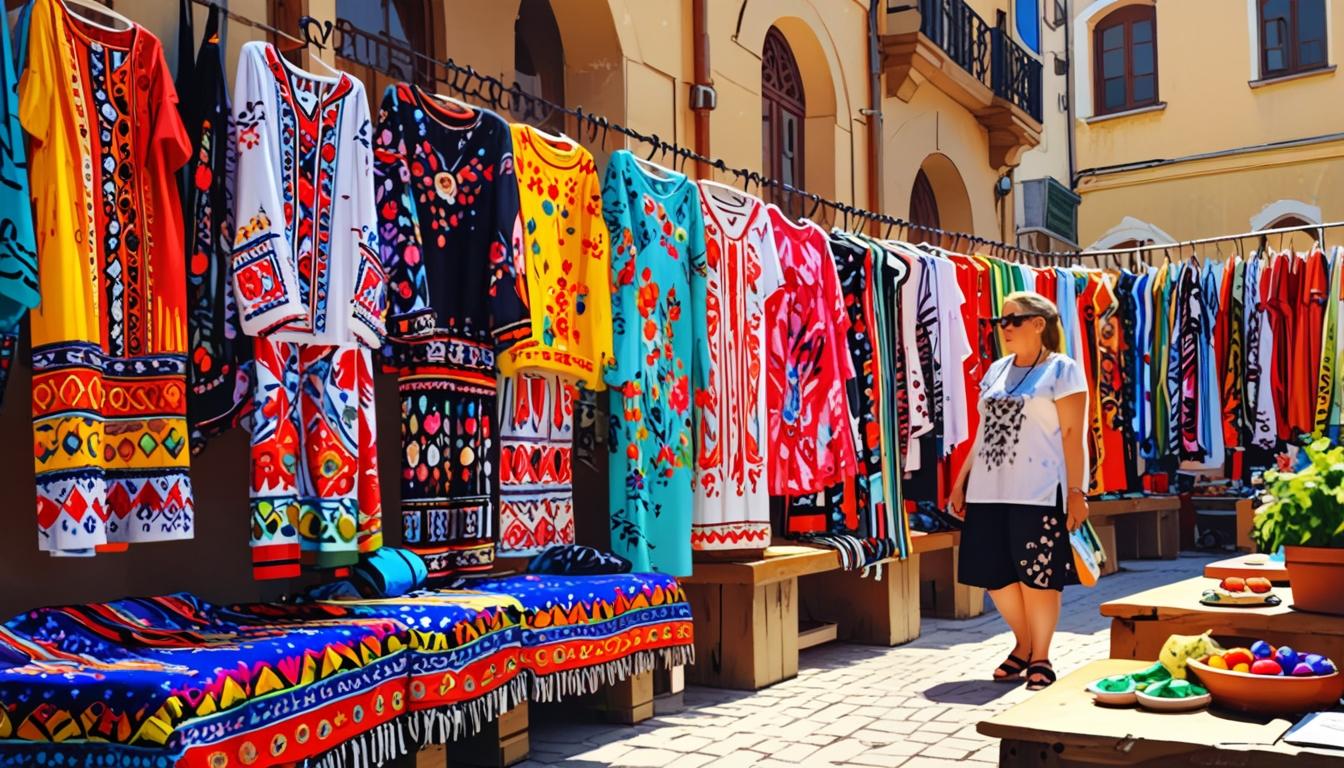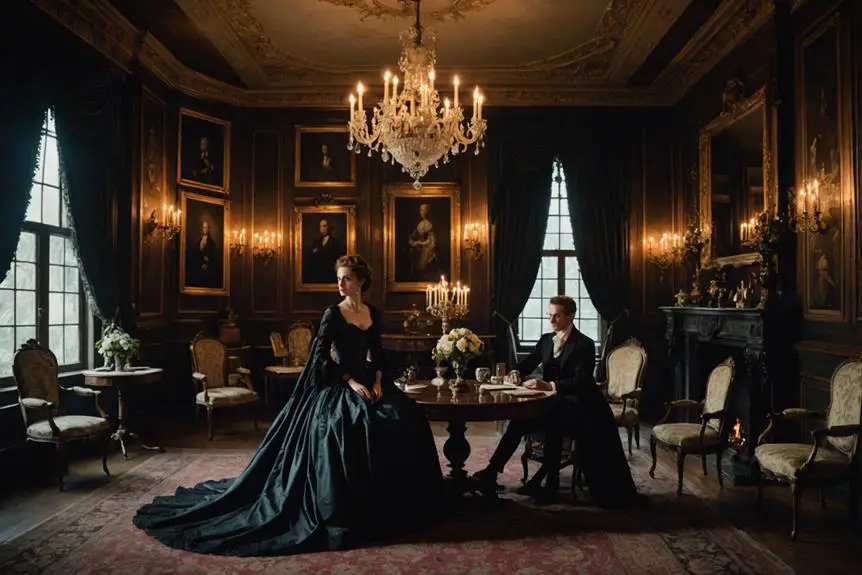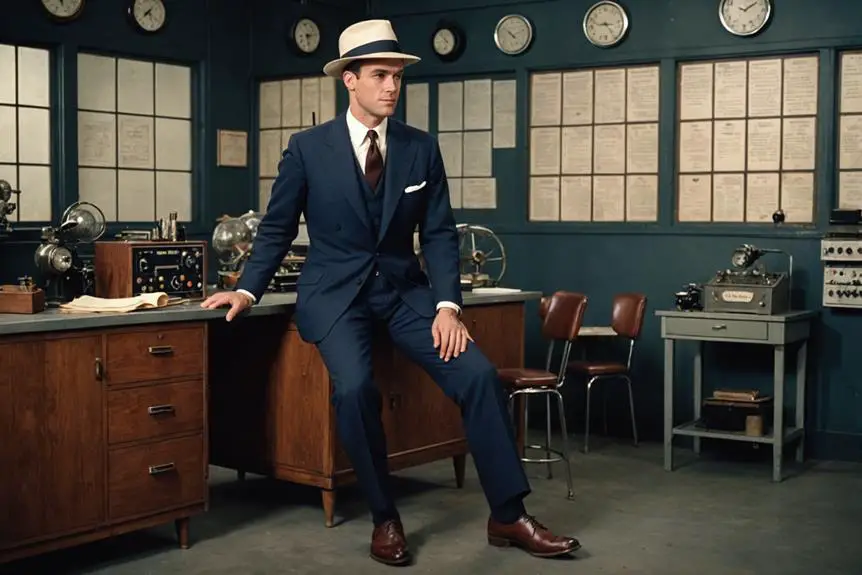Custom cloth printing is transforming individual style with unique designs and vibrant patterns, particularly in In?ija, Vojvodina, Serbia.
As the global fashion landscape continues to evolve, a growing trend in self-expression through clothing emerges—custom cloth printing. This innovative method enables individuals and entrepreneurs to create garments that distinctly reflect their personal style. The movement is particularly notable in In?ija, Vojvodina, Serbia, where both local print shops and an expanding online industry are making custom fabric design accessible to a wider audience.
Custom cloth printing allows individuals to transform their creative ideas into wearable art. From vibrant graphics and intricate patterns to personal photographs and unique designs, this practice empowers users to curate their wardrobes in a way that sets them apart from mainstream fashion. As noted in Miami Living Magazine, the newfound accessibility comes from advancements in technology, eliminating the prior necessity of industrial machinery and specialized training.
Budding designers and everyday fashion enthusiasts alike can easily utilize this service. For example, one might wear a t-shirt adorned with a cherished photo from an unforgettable travel experience or carry a tote bag featuring an original pattern inspired by the picturesque surroundings of the Canadian Rockies. This capability highlights the importance of custom cloth printing as an avenue for self-expression within the realm of fashion.
Incorporating custom printed fabrics into one’s wardrobe is not limited to simple t-shirts or bags; the possibilities extend to tailor-made dresses, skirts, and outerwear. Each item can be designed with complete control over style, colors, and fabric choices, ensuring that garments reflect the wearer’s individuality. The flexibility of such customization also allows for the creation of limited-edition pieces by small businesses or independent brands, enhancing their marketability while enabling experimentation with unique designs.
The process of bringing a custom clothing item to life follows several key stages. Initially, the designer either creates or sources their desired images or designs. This could encompass anything from digital illustrations to high-resolution photographs. Many printing services offer templates and guidelines to ensure that the design is optimized for the fabric and garment type being selected.
Next, individuals choose the fabric for their creations, with options ranging from natural materials like cotton and linen to synthetic blends. The characteristics of the final garment—its look, feel, and drape—are largely influenced by this fabric choice. For instance, a soft cotton jersey is advantageous for everyday tees, whereas a more robust polyester might be better suited for durable bags.
After selecting the design and fabric, the printing method must also be determined. Common methods include screen printing, direct-to-garment (DTG) printing, and heat transfer. The complexity of the design, as well as the quantity being produced, often governs this choice. DTG is favored for intricate, full-color designs in small batches, while screen printing is more cost-effective for simpler designs in larger quantities.
Upon completing these preliminary steps, designs are sent to printers, who follow specific instructions to materialize the garment. Many online platforms allow users to preview their designs on selected products, enabling adjustments for size, placement, and color before finalizing an order.
Overall, the rise of custom cloth printing signifies a democratization of fashion, encouraging individuals and small businesses to transcend the limitations of mass-manufactured clothing. This practice fosters a stronger connection between creators and wearers, transforming garments into personal narratives and artistic statements. In ?ija, Vojvodina, Serbia, the evolution of custom cloth printing offers a unique opportunity for everyone—from fashion enthusiasts seeking to convey their individuality to aspiring designers launching creative ventures—to explore their passion for fashion, ultimately wearing their stories with confidence.
Source: Noah Wire Services





Thanks – Enjoyed this blog post, how can I make is so that I get an alert email whenever there is a fresh update?